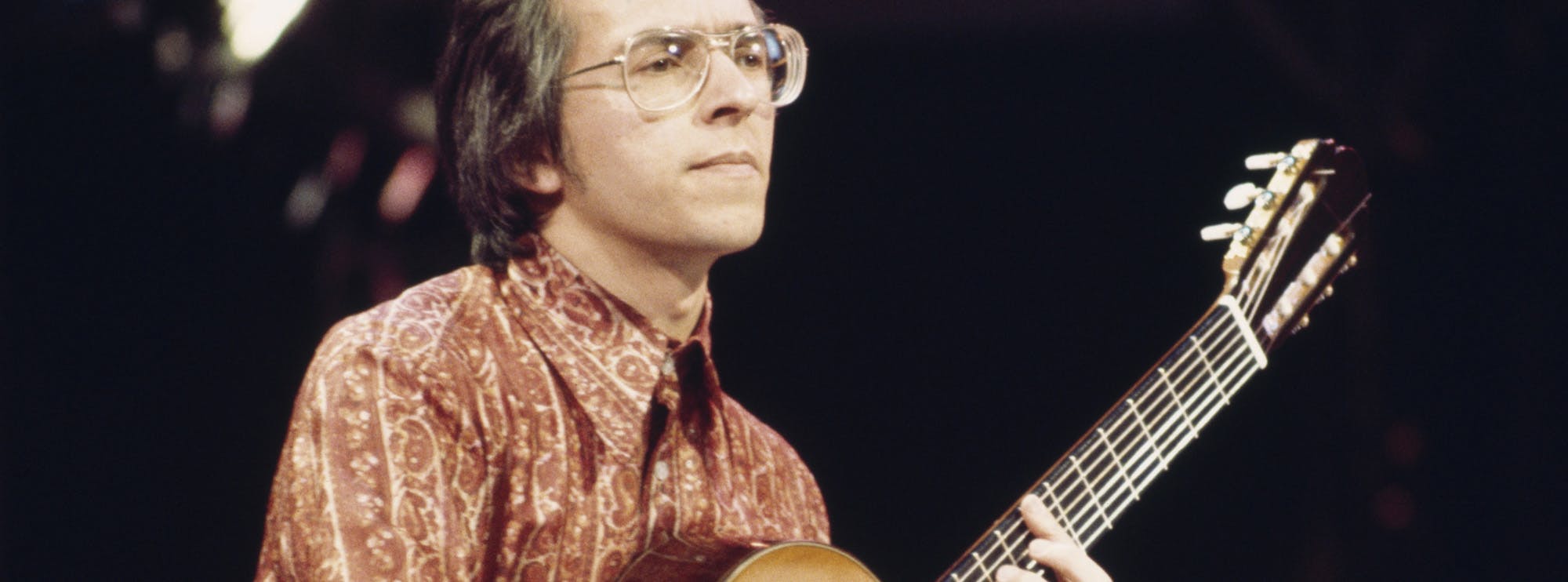"Lazing on a Sunday Afternoon" by Queen: Guitar Lesson
"Lazing on a Sunday Afternoon" from Queen's magnum opus 'A Night at the Opera' showcases the versatile musicality of the band, with the guitar work of Brian May playing a significant role in delivering the song's essence. This description, alongside Sam Bell's video tutorial, aims to walk guitarists through the song, shedding light on the chords, scales, and the prowess of May's style.
Chords & Scales:
The song, in essence, follows a jazz-like progression with primary chords in the key of C, such as Cmaj, Fmaj, G7, and A7. While the song feels jazzy, it doesn't strictly adhere to typical jazz progressions, adding to its unique flavour. The scales accompanying these chords mainly revolve around the C major scale, but with Brian May's signature touch, there's the occasional transition to related modes.
Guitar Solo Analysis:
Brian May, the astrophysicist-guitarist, has always been known for his ability to craft solos that serve the song while also being technically exquisite. This song, while not showcasing his most complex work, still features a delightful and catchy melodic solo.
The solo is constructed around the primary scales of the song but with May's frequent use of double-stops and slides to deliver a solo that's both lively and fitting to the song's casual, laid-back theme.
Brian May: The Lead Guitarist:
Brian May's style has always been distinctive. His self-made "Red Special" guitar, combined with a sixpence coin as a pick, allows him to produce tones that are unmistakably his own. In "Lazing on a Sunday Afternoon," he manages to condense his vast expertise into a brief, but memorable moment, with a solo that complements Freddie Mercury's whimsical vocal performance. May's penchant for melody over mere technicality shines here, as he opts for a playful, melodic approach rather than a technically overwhelming one.
Techniques:
For the discerning guitarist, understanding and replicating the techniques May employs is essential to capturing the song's essence:
- Double-Stops: These are when two notes are played together. In the solo, May uses them to add richness to his melodic lines.
- Slides: Moving from one fret to another, without re-picking the string, gives the solo a fluid feel, often used by May to transition between phrases.
- Arpeggios: While not dominantly present, the arpeggiated runs give depth to the chord progressions, especially in the background.
- Barre-Chords: The rhythm sections see May using barre chords to give a full sound, complementing the piano and bass.
- Finger-Picking: Some sections see May picking individual strings, adding to the song's laid-back and lazy ambiance.
List of Techniques Used in "Lazing on a Sunday Afternoon" with Links:
In Conclusion:
"Lazing on a Sunday Afternoon" might not be the first song that comes to mind when discussing Brian May's guitar prowess. However, it is a testament to the band's ability to condense their grandiosity into a short, playful tune without compromising on musical quality. For guitarists, this song offers a masterclass in serving the song and understanding that sometimes, less is more.

About The Tutor
Tutor Profile
Sam Bell
Sam Bell has been playing guitar from the age of 4, since then he has played many styles from Funky Blues to screaming Metal/Fusion on 8 string guitar. A member of UK tech metal band ‘Mask of Judas’, he is also currently writing his own solo instrumental album. He also...




